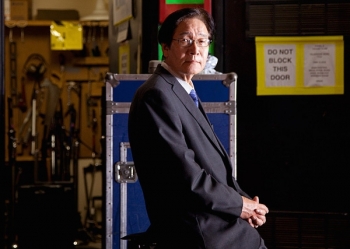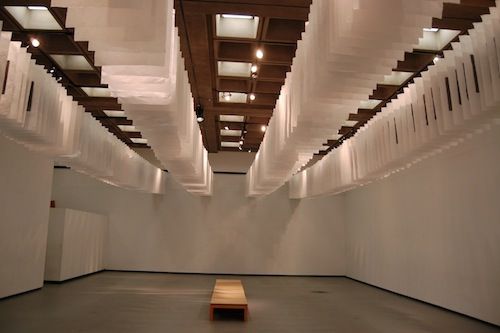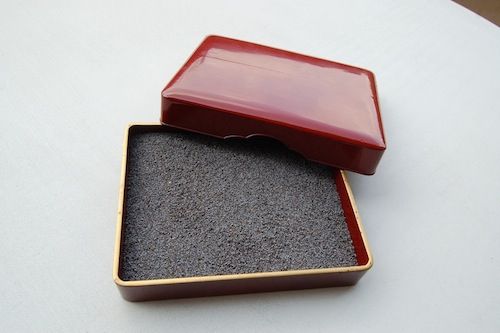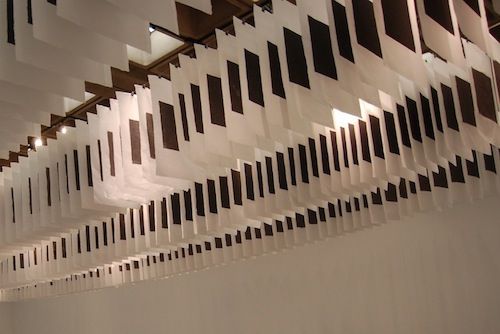In Hindu and Buddhist cosmology, a kalpa is a very long period of time, a concept akin to the aeon. The term was first used in the ancient Indian epic the Mahabharata, and in the Hindu texts the Puranas it was defined as measuring 4.32 billion years. In the context of Buddhism, the Buddha was not so specific, and sutras tell of him using several metaphors to explain a kalpa’s duration. For example, if you imagine a huge cube measuring 16 miles on each side and filled with mustard seeds, and once every 100 years you remove a single seed from inside the cube, even after you have emptied the cube, a kalpa will not have come to an end. Or, at the start of a kalpa, if you imagine a giant rocky mountain that measures 16 miles in every direction and you take a small piece of silk and wipe the mountain with it once every 100 years, the mountain will be completely worn away before the kalpa ends.
FEATURES|COLUMNS|Buddhist Art
Contemplating the Kalpa in the Art of Hirokazu Kosaka
 Hirokazu Kosaka. From metro.net
Hirokazu Kosaka. From metro.net
“Ruin Map” by Hirokazu Kosaka (b. 1948), 2014, installation in washi paper, sumi ink, and poppy seeds; Courtesy of the artist
Los Angeles-based Japanese artist Hirokazu Kosaka (b. 1948) first became truly aware of the concept of a kappa (J. go) just after he graduated from art school. Born in Wakayama, near Kyoto, to a father who was a Buddhist priest of the esoteric Shingon sect, Kosaka was surrounded by Buddhist ideas and practices. When he was young, he trained in the Buddhist disciplines of calligraphy and archery. In 1966, he left Japan and moved to Los Angeles to study art at the Chouinard Art Institute (which had just merged into the California Institute of the Arts, or CalArts). While there, Kosaka joined many of his peers in exploring performance art, moving away from the canvas and using his own body as his medium of expression. Drawing from avant-garde artistic practices in both southern California and Japan, he created performative works that were steeped in ancient Japanese Buddhist beliefs and traditional Japanese artistic and spiritual practices.

Lacquered wood box (Japan, c. 19th century) containing poppy seeds; Courtesy of Hirokazu Kosaka

“Kalpa,” performance piece by Hirokazu Kosaka (b. 1948), Oguri (b. 1964), and Tetsuya Nakamura at the J. Paul Getty Center, 2012; Courtesy of the artist

Detail of “Ruin Map” by Hirokazu Kosaka (b. 1948), 2014, installation in washi paper, sumi ink, and poppy seeds; Courtesy of the artist














